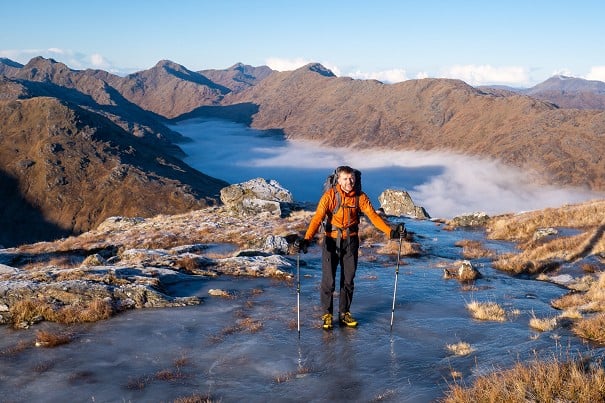
Salewa Ortles Hybrid Tirolwool Responsive Jacket
Featuring an unusual blend of wool and polyester, this light-midweight jacket balances warmth with breathability to offer a really versatile wear-all-day insulating layer that's ideal for Scottish winter, says John McKenna.

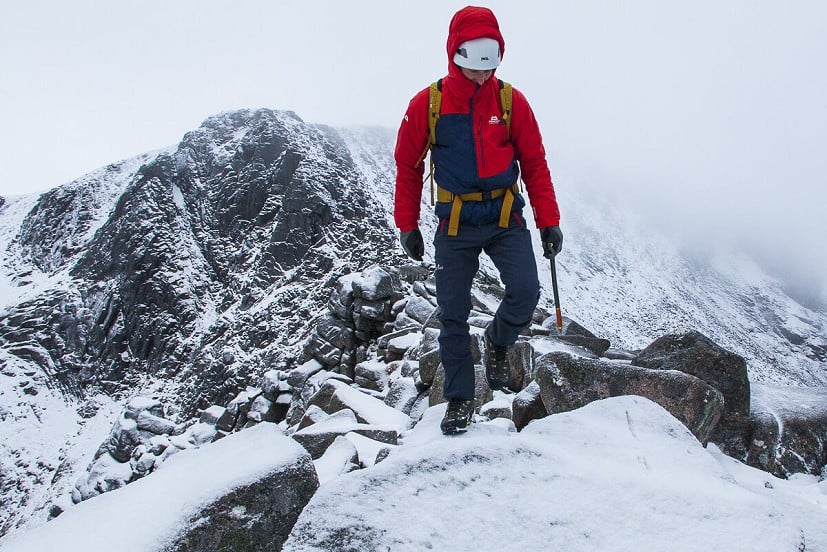
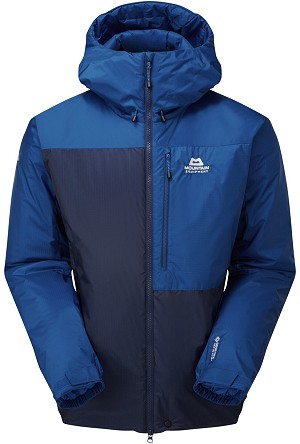

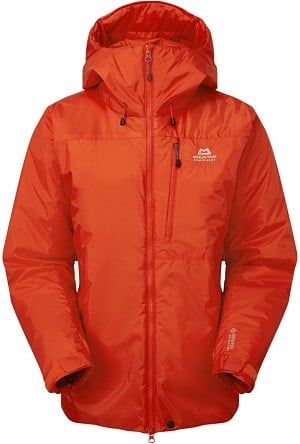

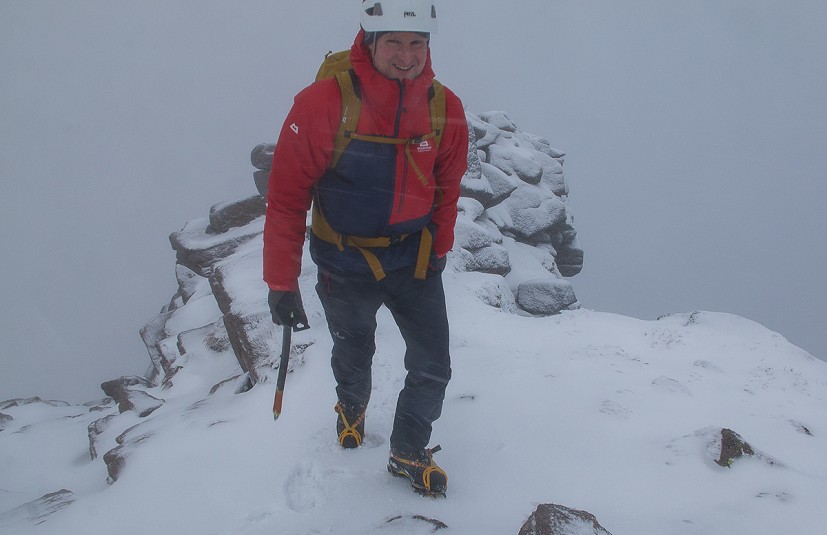
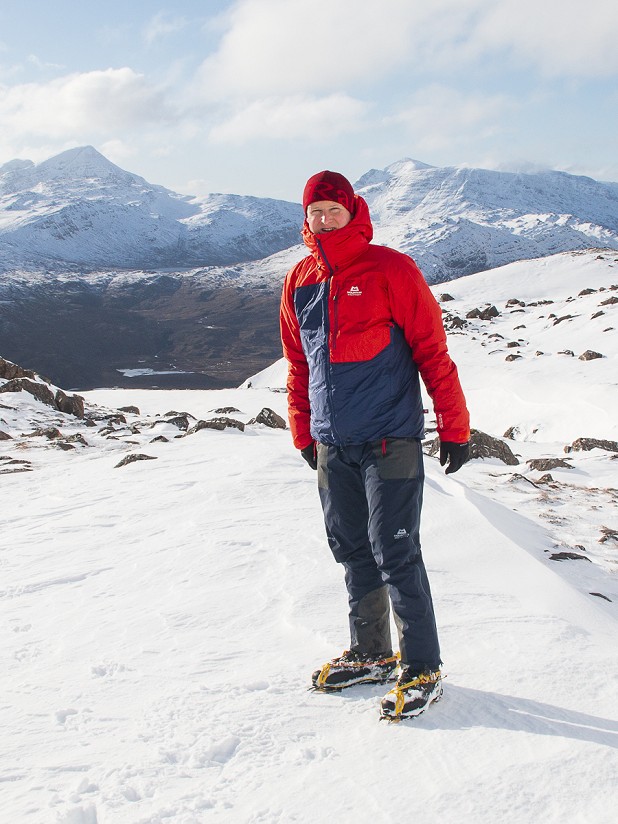
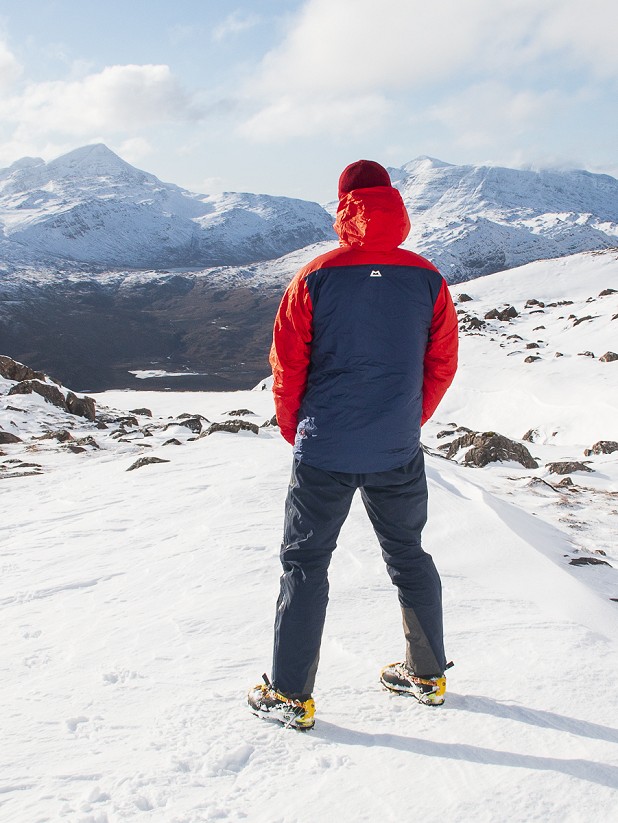
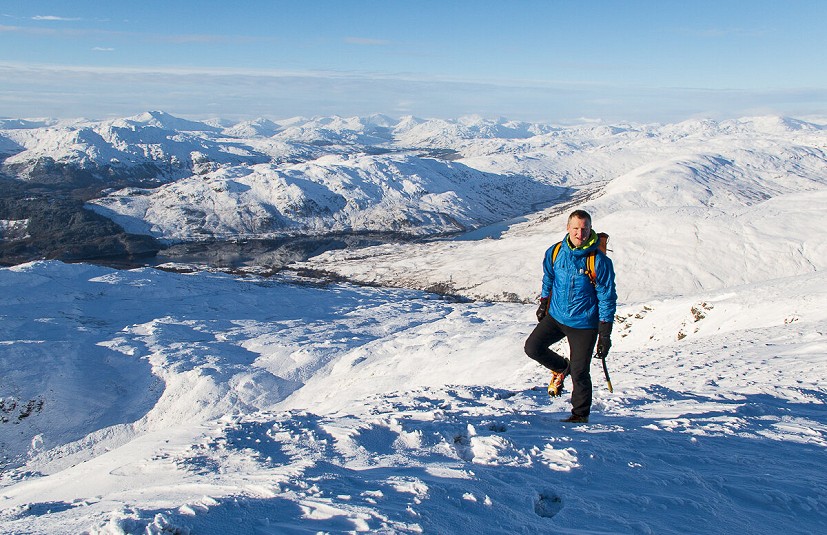
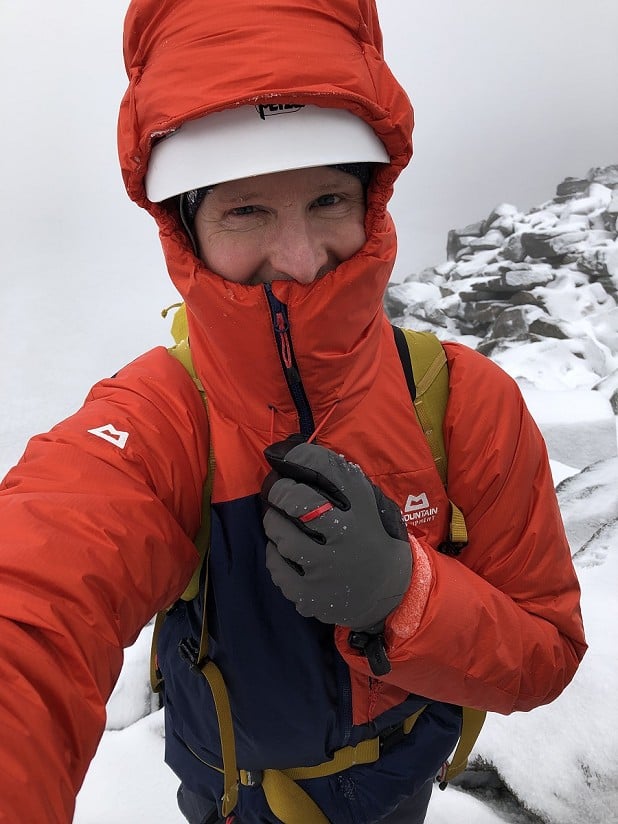
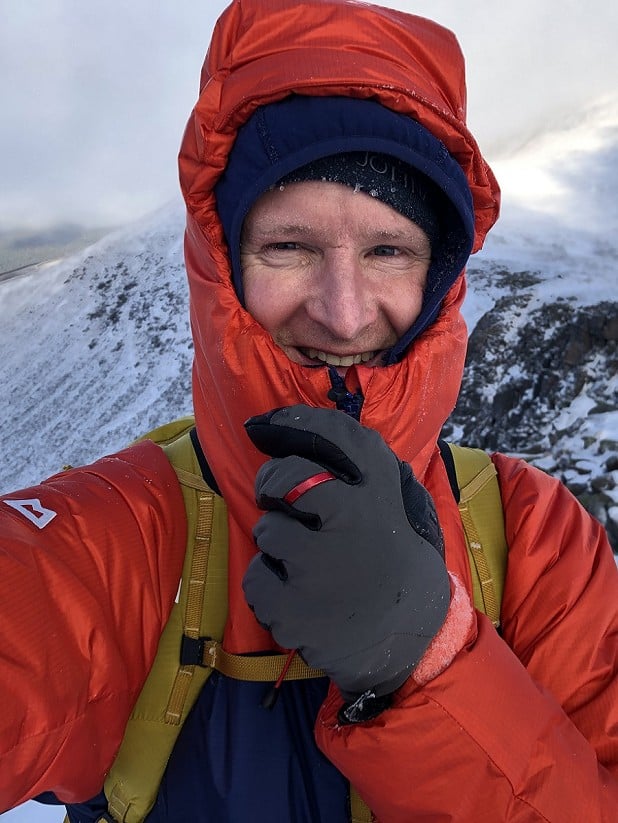
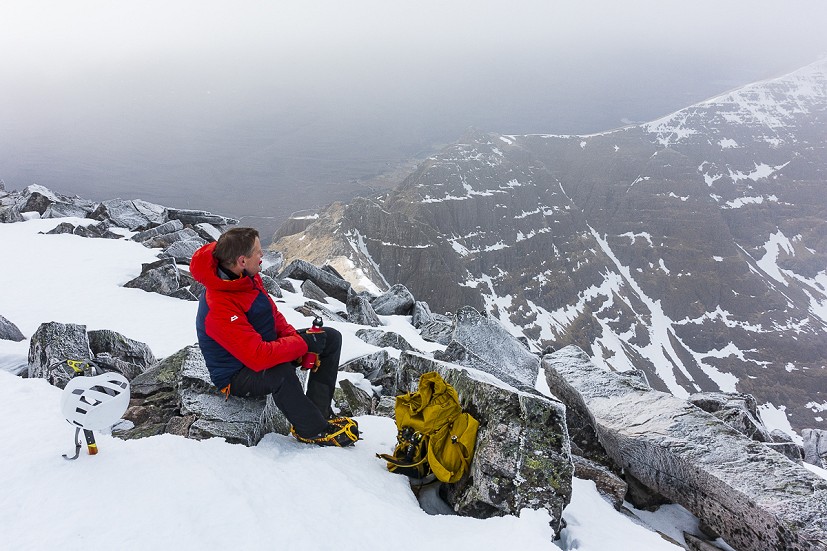
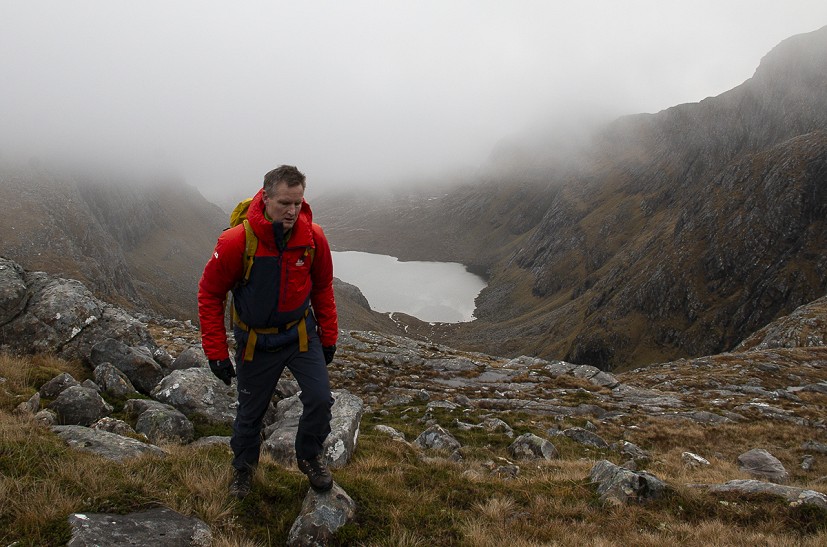

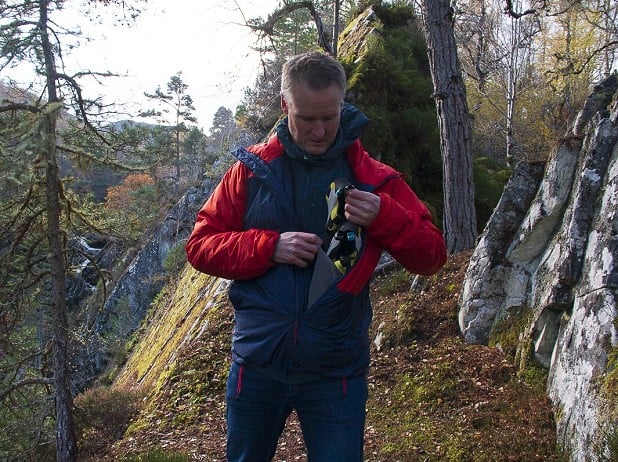
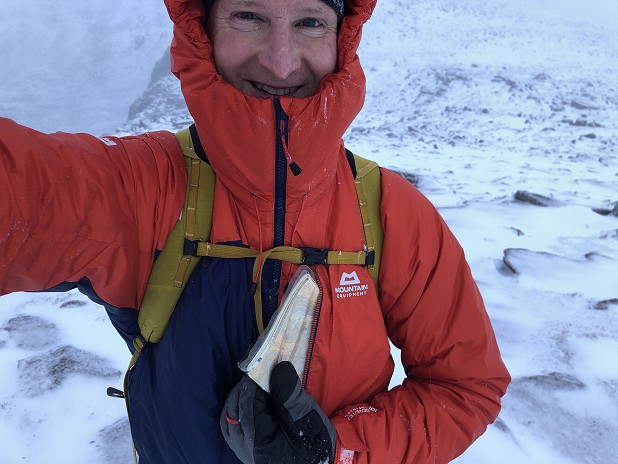

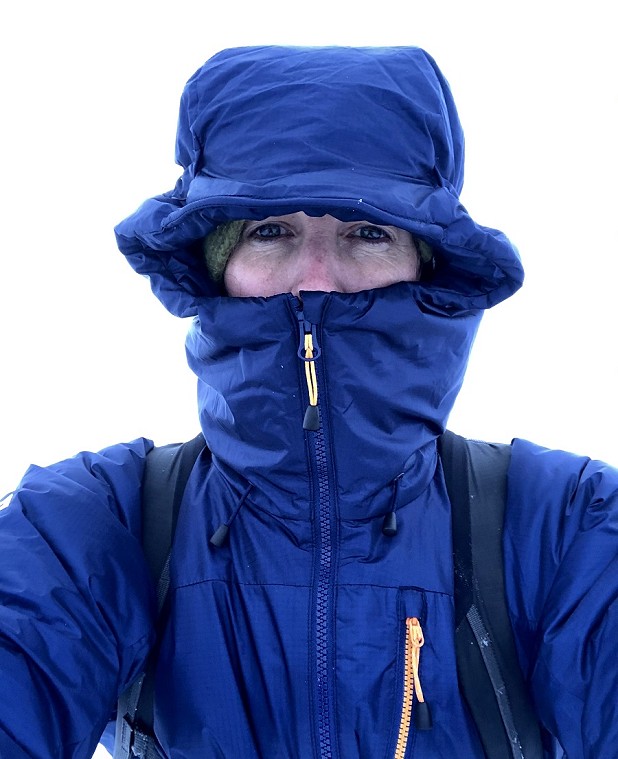
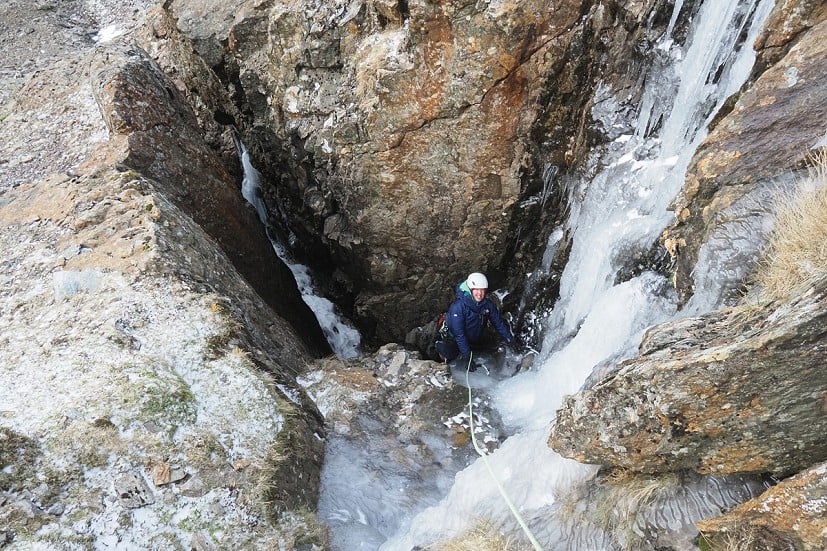
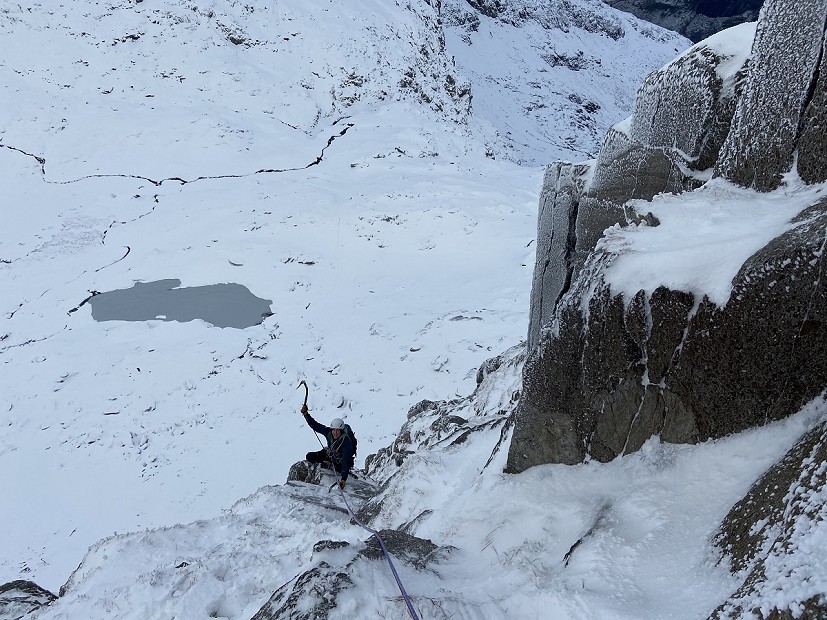

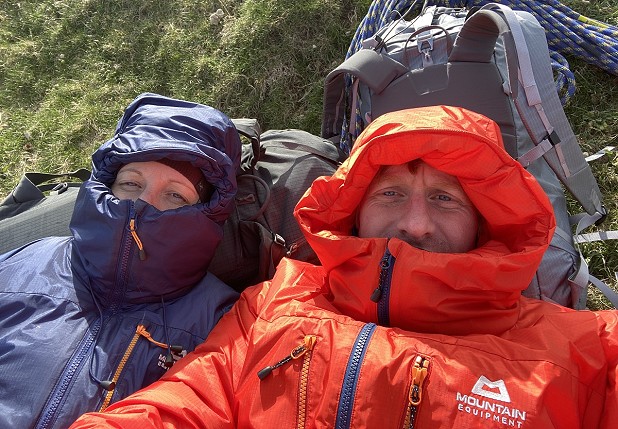
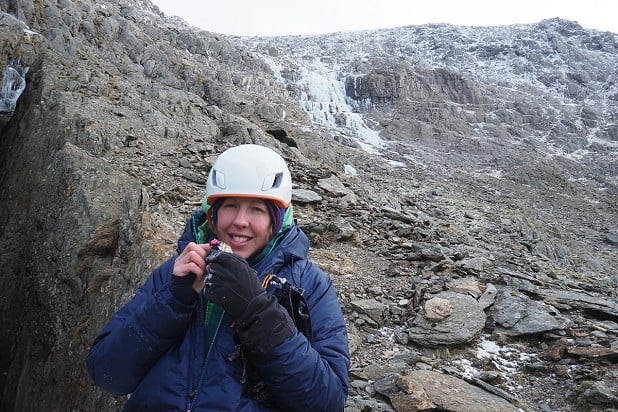
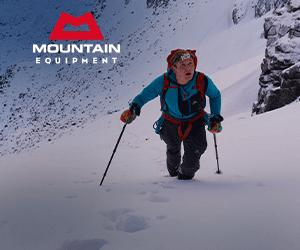


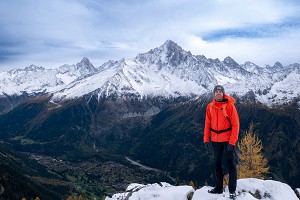

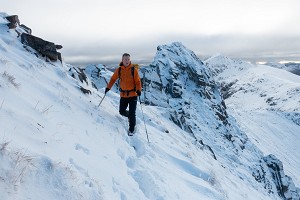



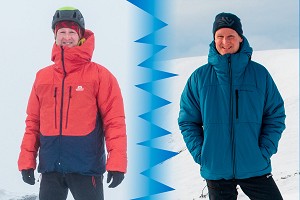

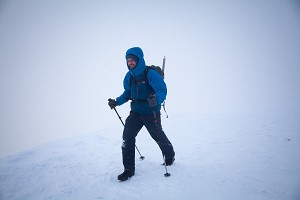

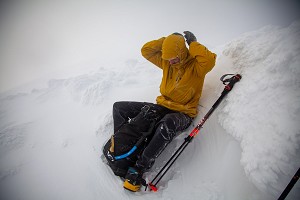
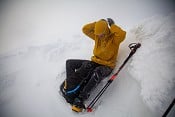
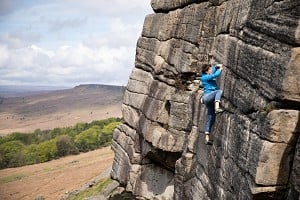













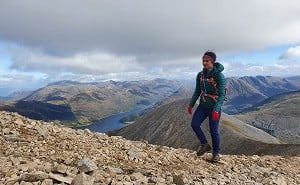



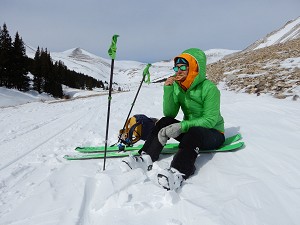
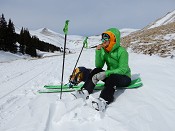
Comments
This looks like one of those flagship products some leading outdoor gear companies come up with from time to time, not the every winter weekend workhorse the older models were. It's probably a fantastic product and some people will be able to justify the cost to themselves, but maybe a lot of others won't.
I'll stick my neck out and say the pricetag is just too much. The old version I have is fantastic but there's no way I'd pay that kind of money for a jacket. I'd be interested to see some data on the profit made on a product like this taking into consideration the R&D and all the testing, I'm aware this isn't a huge volume product.
The DAS Parka is £420 new, £90 more.
The Nuclei SV is £400, £70 more.
Both of those use proprietary in house materials that make it cheaper to manufacture than the Fitzroy (eg no gore infinitum outer, or the nuclei doesn't even have gold cross core).
It's a lot of money, but it's brand new and once it has good distribution retailers will offer it for less than RRP.
Curious to know where you got that price from - it's full RRP is £350 - so that's a £20 difference.https://arcteryx.com/gb/en/shop/mens/nuclei-sv-parka
When I google the Nuclei SV the first link to the Arcteryx website gives the price as 400 euros, so I expect that'll be it.